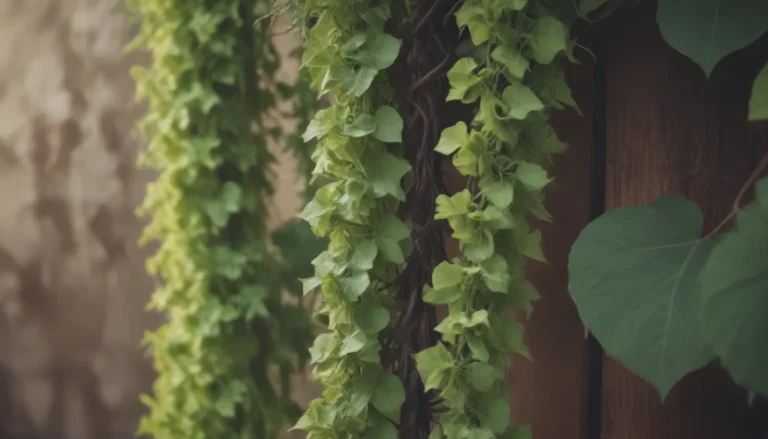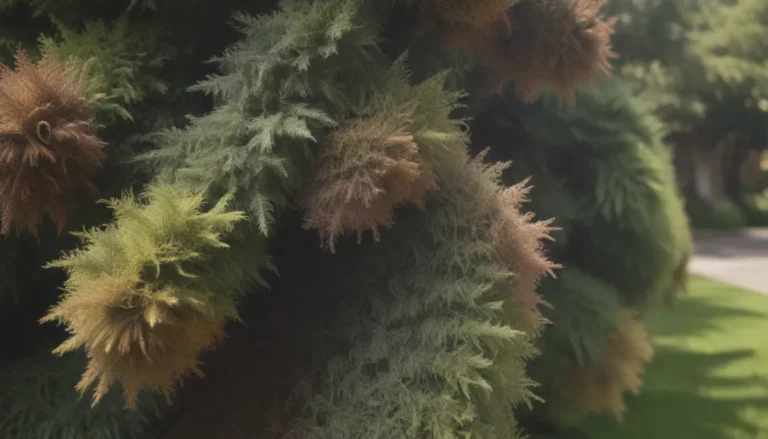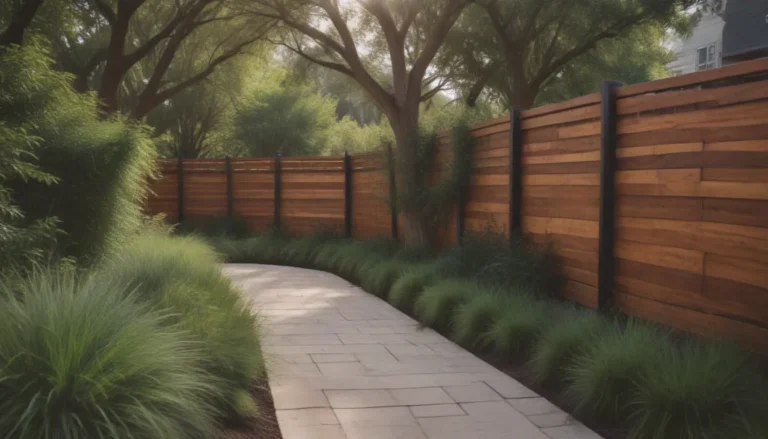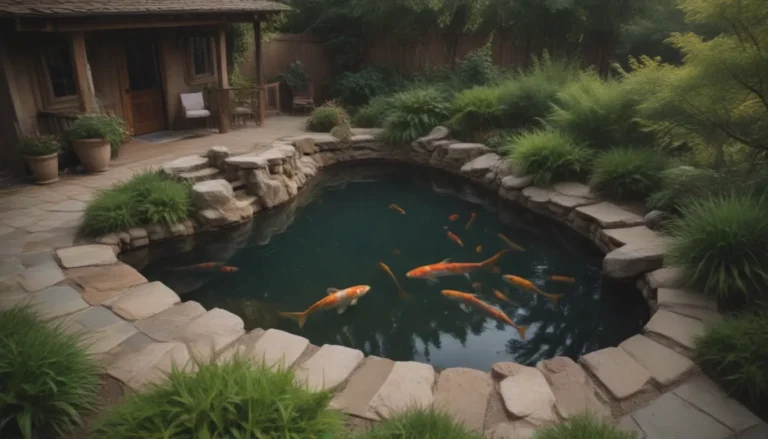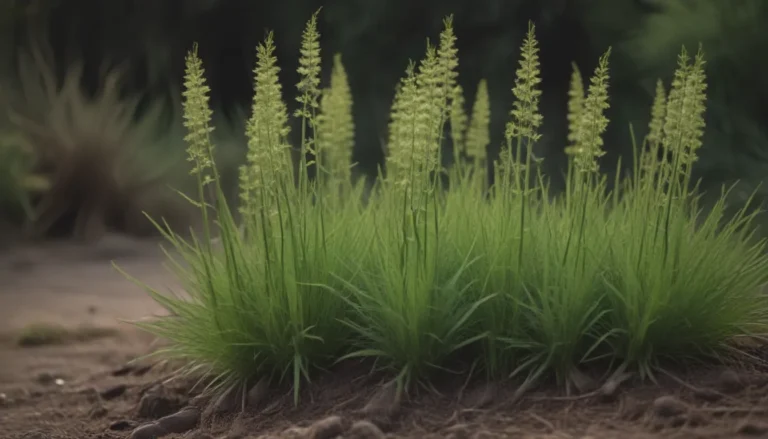The Ultimate Guide to Growing and Caring for Paper Birch Trees

Paper birch trees are a beautiful addition to any landscape, with their unique peeling bark and striking yellow leaves in the fall. If you’re looking to add a paper birch tree to your yard or garden, this guide will provide you with all the information you need to ensure its growth and care for years to come.
The Charming Paper Birch Tree
The paper birch tree, scientifically known as Betula papyrifera, is a fast-growing deciduous tree that is adored for its distinctive peeling bark. This tree is not only visually appealing but also has historical significance as it was used by Native Americans to construct birch-bark canoes, hence its alternative name “canoe birch.”
One of the most notable features of the paper birch tree is its beautiful white bark that peels away, creating a stunning contrast against the bright green leaves. As fall approaches, the leaves transform into a vibrant yellow, adding a pop of color to your landscape. Additionally, the small dry fruit (nutlets) that form in clusters on drooping catkins add another layer of interest to this tree.
Paper Birch Tree Care Tips
Taking care of a paper birch tree requires some specific considerations to ensure its health and longevity. Here are some essential care tips for your paper birch tree:
Light: Paper birch trees prefer partial shade conditions, especially along margins where taller trees are present. While they can tolerate full sun, they thrive in cooler climates.
Soil: These trees grow best in sandy or rocky loam soil that is consistently moist. While they prefer acidic soil, they can also thrive in neutral or slightly alkaline soil.
Water: Paper birch trees require frequent watering, especially if planted in a location where they must compete with turfgrass. If planted near a natural water source like a stream or pond, they will require less watering.
Temperature and Humidity: Paper birch trees thrive in cooler climates with cool soil temperatures. Heavy mulching can help maintain cool and moist soil conditions, especially in warmer climates.
Fertilizing: A spring feeding routine with a slow-release granular fertilizer can help paper birch trees resist pests like bronze birch borers. Follow the product label instructions for the correct amount to use.
Types of Paper Birch Trees
While the pure species of paper birch (Betula papyrifera) is most commonly planted, there are two cultivars that you may want to consider:
- ‘Chickadee’
- ‘Snowy’
Each cultivar offers unique characteristics that can enhance your landscape.
Pruning Your Paper Birch Tree
Pruning your paper birch tree is relatively low maintenance, as these trees tend to shed smaller branches on their own. However, you can prune them to favor a singular trunk by identifying a central leader. Avoid pruning in late winter or early spring to prevent sap bleeding and potential pest issues.
Propagating Paper Birch Trees
While propagating paper birch trees from branch cuttings can be challenging, it is possible with a success rate of around 50%. Here’s how you can propagate paper birch trees from seed:
- Collect paper birch seeds in the fall when the catkins start to brown.
- Place the seeds in a small container filled with compost or humus.
- Cover the seeds with a thin layer of potting soil and water them.
- Allow the seeds to stratify in a cold location for six months.
- After stratification, place the container in a sunny location for sprouting.
- Thin out the seedlings and plant the strongest one in the ground in the spring.
Overwintering Your Paper Birch Tree
To help your paper birch tree through the winter, ensure it has a good layer of mulch around its base. Monitor the tree’s water intake, especially in regions with little snowfall. Additional watering can help keep the ground moist and protect the tree during the winter months.
Common Pests and Plant Diseases
Like all birch trees, paper birch trees are vulnerable to pests and diseases. The bronze birch borer is a significant threat, causing yellowing leaves and branch dieback. Other pests like aphids and birch leaf miners can also pose problems. Proper watering and maintenance can help prevent these issues.
Other Birch Tree Options
If you’re looking for alternatives to the paper birch tree, consider these options:
- River Birch: Known for its dramatic peeling bark, this tree is a good choice in areas prone to bronze birch borer infestations.
- Silver (Weeping) Birch: Heat-resistant and visually appealing, this birch tree is a great option for warmer climates.
- Gray Birch: Tolerant of dry soils, this birch tree can thrive in challenging conditions.
- Himalayan Birch: Provides excellent shade and adds a unique touch to any landscape.
In conclusion, the paper birch tree is a stunning addition to any yard or garden, with its distinctive bark and vibrant foliage. By following these care tips and recommendations, you can ensure that your paper birch tree thrives for years to come. Whether you’re a seasoned gardener or a beginner, growing and caring for a paper birch tree can be a rewarding experience that adds beauty and character to your outdoor space.
